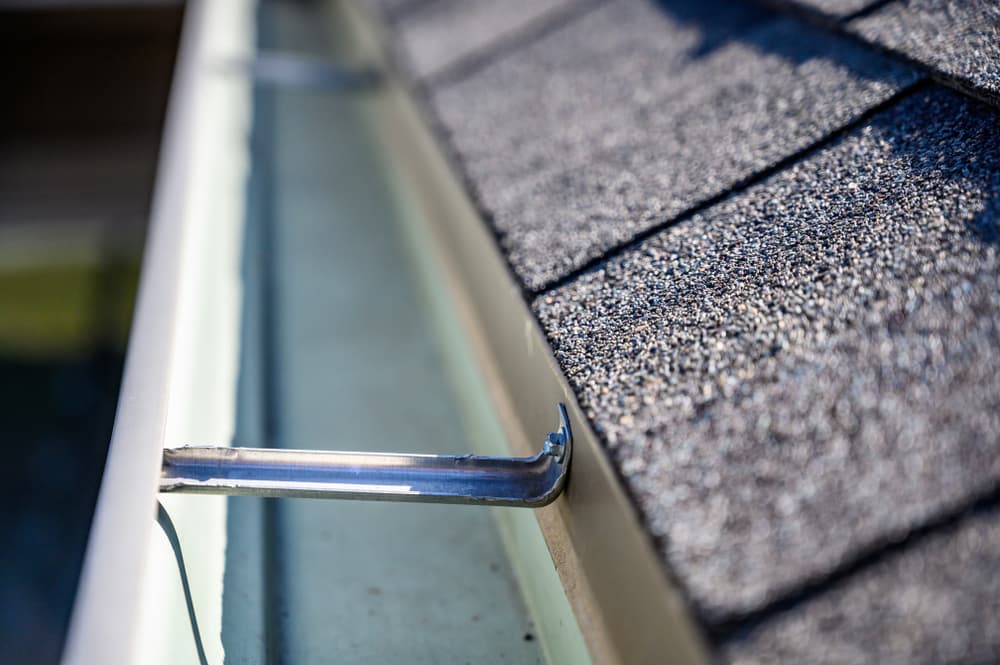8 Spring Maintenance Tips

It’s exciting once the springtime finally arrives and the weather begins to brighten. But as the temperature warms up, the melting snow and spring showers can lead to water damage and a compromised foundation. To keep your property protected against any potential damage, make sure to add these spring maintenance tips to your to-do list each year.
Clean Out Gutters and Downspouts
Cleaning out the gutters and downspouts is one task that should never be skipped during spring maintenance. It’s an important maintenance task for protecting your roof, home and foundation. In addition to cleaning out all of the gunk left over from the messy winter, don’t forget to inspect and repair any sections that may have become loose over the winter months. Also, if the downspout is draining too close to the foundation of your home, add an extension to it to redirect the water further away towards the street storm drain or your garden.
Inspect Exterior Walls
Spotting any problems early can help you avoid serious and expensive repairs down the road. Every spring season, take a walk around your exterior and give it a thorough inspection for any water spots, stains, bubbling and potential problems.
Check for Cracks
While you’re performing your annual inspection, keep an eye out for any signs of cracks around the foundation. These can become more apparent in the spring as the temperatures fluctuate and cause the ground to expand and contract. During this process, cracks can increase in size and lead to water damage. Take note of any that have expanded and are developing vertically or horizontally . Call a foundation expert to inspect your property if you find any of concern.
Test the Sump Pump
Many properties are prone to flooding which is why sump pumps are essential for adding an extra layer of protection against excess groundwater. Since the sump pump plays such a vital role, it’s a good idea to check it every spring to make sure it is operating properly.
Check Your Basement
The basement is one of the more vulnerable areas of the home and there are usually red flags that can indicate a problem. We recommend taking a look at the walls in your basement and paying close attention to the foundation walls. If you see any new cracks or crumbling mortar joints, seal and restore them or have an expert inspect them and perform any necessary repairs. Even minor cracks and leaks can lead to mold. If you see any stains or bubbling areas along the walls, have them addressed as soon as possible.
Make Sure the Ground is Graded Away from Your Foundation
If you keep experiencing floods in the basement, it could be worth looking at the gradient of the ground around your home. The gradient should slope away from the foundation, not towards it. The next time it rains, take a look to see which way the water is moving. If it’s coming towards your home, call in a professional to inspect and regrade it. Sloping is an important step for safeguarding your foundation from water damage.
Check for Pooling Water
If you find any puddles of water collecting close to your home, fill them in. This can also indicate areas where the eavestroughs might need repair.
Remove Overhanging Trees
Before everything blossoms back to life, take a look at nearby trees. If there are any precarious branches hanging over top of your roof and property, consider trimming them back to reduce the amount of debris that lands in your gutters. This can make your spring cleaning process easier while reducing the potential of clogged drains.
If you spot any red flags and are concerned about the condition of your foundation, give The Foundation Experts a call!
